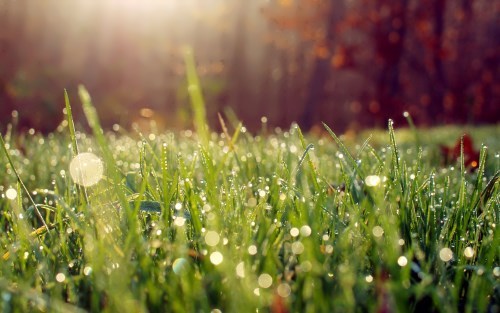Aurora Borealis – wonderful lights
Auroras are dazzling displays of colored light that sometimes appear in the night sky. They can be seen in far northern and far southern regions. Auroras are named after Aurora, the ancient Roman goddess of the dawn.
An aurora constantly changes shape as the light moves across the sky. Its colors are determined by the different gases that give off the light.
The aurora borealis is visible only in the northern skies and is thus also known as the northern lights. The aurora australis occurs in the southern skies.
Auroras result from the interaction of Earth’s magnetic field with ionic gas particles, protons, and electrons streaming outward from the Sun. Solar storms result in magnetic disturbances that lead to coronal mass ejections of ionic charged particles in solar “winds.” As the magnetic particles pass Earth, the plasma streams interact with Earth’s magnetosphere. The magnetic interactions excite electron transitions that result in the emission of visible light.
More »






